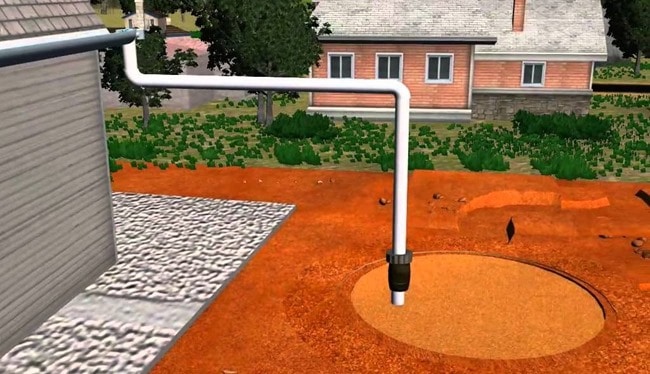How to Recharge Underground Water using Rainwater Harvesting?
Generally, a lot of rain water would go in drain flowing from the roofs of houses and the street. Rain water harvesting is requiring conserving the water and recharging the underground water which helps when there is a water scarcity.
When there is too much rain we can collect all the water at roof and via piping system it can be transferred to underground water after filtering so that it can be reused for household purposes.

Also we can send the rain water flowing on the streets to underground water after proper filter system so that it could be used in the dry seasons. In few places the underground water level goes down so much extent that wells, tube wells are dry in these places.
There should be a provision of sending rain to go underground to increase underground water level so that it brings water level of wells and tube wells back to normal. There are many ways to send rain water to underground to increases the underground water level.

Most simple way to recharge is to dig a pit in the ground and make a filtering system so that clean rain water can reach underground and can be reused.
Location of the pit should be on a clean ground surface so that polluted water doesn’t go underground through the pit. The pit should be deep enough so that rain water would be reach the porous layer of soil as it allows the water to pass though it and get added to the underground water.
But water flowing thru the street will still be polluted so we need a filter layers in the pit. First we need a clean big stone or boulders layer of specific thickness. Than above that layer we put layer of clean gravel which is almost as thick as the first layer of boulder.
Then finally on the top we put the clean sand make sand layer almost as thick other layers. This completes the filter system and the pit is called recharge pit. A recharge pit is usually 10 to 15 feet deep.
The depth of these pits depend upon the nature of soil underneath and volume of water recharge well is expected to receive during heavy rains. For the rain water flowing on the street we can make clean drain or narrow channels on the street which would help rain water reach the recharge pit from surround the park or other street areas.
Generally house users shouldn’t put garbage on the streets and there should be proper removal of garbage periodically by the concerned dept. The rain water from roof can be stored in a domestic tank and can be used year long for daily usage of the occupants.
How the water gets filtered in the recharge pit?
While the rain water from streets overflow passes through the primary sand layer it separates dirty soil from the rain water and makes its clean. Then rain water pass through the secondary layer which ensures that rain which has carried some amount of sand gets filtered out from gravel layer.
Finally, the water passes through the boulder layer. The boulder layer actually gives support to upper layer and allows rain water to pass easily to the porous soil and get added to the underground water treasure. This underground water is clean and would supply drinking water as well as other domestic purposes or for household gardens whole year through tube wells and wells

Ground water recharge is important aspect of rain water harvesting and has to be taken into practice everywhere.
No comments:
Post a Comment